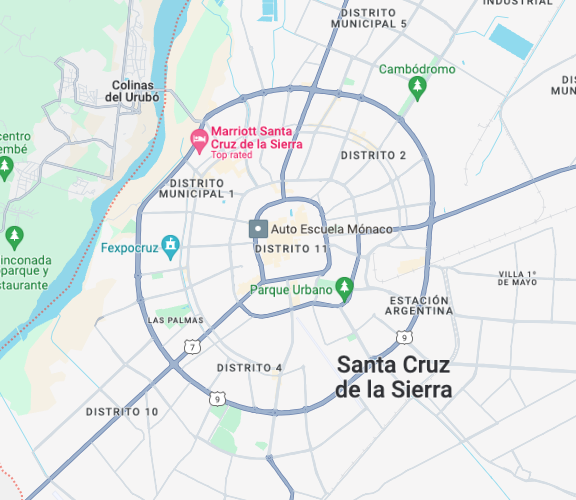Tangle - My (brief) adventure in Bolivia.
|
Older messages
The Israel-Hamas hostage negotiations.
Thursday, January 25, 2024
What could a deal look like? The Israel-Hamas hostage negotiations. By Isaac Saul • 25 Jan 2024 • Comment View in browser View in browser Israelis perform during a rally calling for the remaining
Trump, Biden win New Hampshire primary.
Wednesday, January 24, 2024
Is the general election already here? Trump, Biden win New Hampshire primary. By Isaac Saul • 24 Jan 2024 • Comment View in browser View in browser Donald Trump giving his New Hampshire victory speech
SCOTUS hears Chevron doctrine argument.
Tuesday, January 23, 2024
Plus, how did we get Trump and Biden again? SCOTUS hears Chevron doctrine argument. By Isaac Saul • 23 Jan 2024 • Comment View in browser View in browser Photo by Knut Troim / Unsplash I'm Isaac
Ron DeSantis drops out.
Monday, January 22, 2024
Plus, some reader feedback and a belated correction. Ron DeSantis drops out. By Isaac Saul • 22 Jan 2024 • Comment View in browser View in browser Florida Gov. Ron DeSantis. Image: Gage Skidmore I'
The Sunday — January 21
Sunday, January 21, 2024
This is the Tangle Sunday Edition, a brief roundup of our independent politics coverage plus some extra features for your Sunday morning reading. What the right is doodling. What the left is doodling.
You Might Also Like
185394 is your Substack verification code
Sunday, March 2, 2025
Here's your verification code to sign in to Substack: 185394 This code will only be valid for the next 10 minutes. If the code does not work, you can use this login verification link: Verify email
977103 is your Substack verification code
Sunday, March 2, 2025
Here's your verification code to sign in to Substack: 977103 This code will only be valid for the next 10 minutes. If the code does not work, you can use this login verification link: Verify email
King Scissors
Sunday, March 2, 2025
Today, enjoy our audio and video picks King Scissors By Caroline Crampton • 2 Mar 2025 View in browser View in browser The full Browser recommends five articles, a video and a podcast. Today, enjoy our
GeekWire's Most-Read Stories of the Week
Sunday, March 2, 2025
Catch up on the top tech stories from this past week. Here are the headlines that people have been reading on GeekWire. ADVERTISEMENT GeekWire SPONSOR MESSAGE: SEA Airport Is Moving from Now to WOW!:
12 Things That Delighted Us Last Week: From Rubber Clogs to Cordless Lamps
Sunday, March 2, 2025
Plus: the perfume one writer describes as a “mojito in fragrance form.” The Strategist Logo Every product is independently selected by editors. If you buy something through our links, New York may earn
LEVER WEEKLY: Honey, we’re selling the government
Sunday, March 2, 2025
Musk taps into his private government piggybank while Trump tries to privatize federal agencies, and more news from The Lever this week. Honey, we're selling the government By The Lever • 2 Mar
☕ Good as gold
Sunday, March 2, 2025
Should US citizenship cost $5m? March 02, 2025 View Online | Sign Up | Shop Morning Brew Presented By quip Brandon Bell/Getty Images BROWSING Classifieds Classifieds banner image The wackiest headlines
Zelensky Responds, Social Security Sheds Staff, and a Flying Car
Sunday, March 2, 2025
One day after an Oval Office blowup, Ukrainian President Volodymyr Zelensky thanked President Trump and the American people Saturday but said Trump needs to stand “more firmly” behind Ukraine. ͏ ͏
443168 is your Substack verification code
Sunday, March 2, 2025
Here's your verification code to sign in to Substack: 443168 This code will only be valid for the next 10 minutes. If the code does not work, you can use this login verification link: Verify email
203079 is your Substack verification code
Sunday, March 2, 2025
Here's your verification code to sign in to Substack: 203079 This code will only be valid for the next 10 minutes. If the code does not work, you can use this login verification link: Verify email



